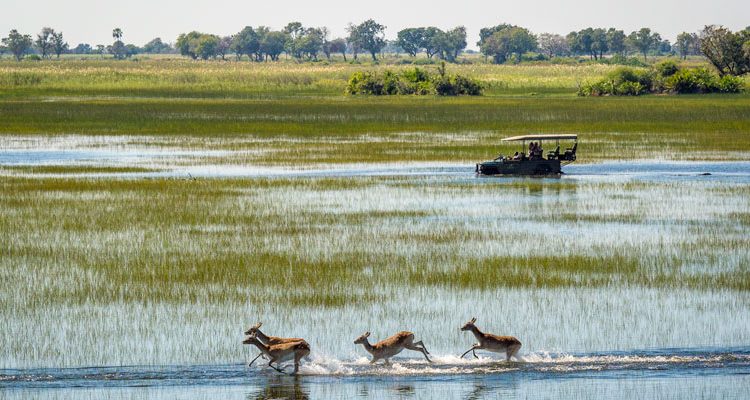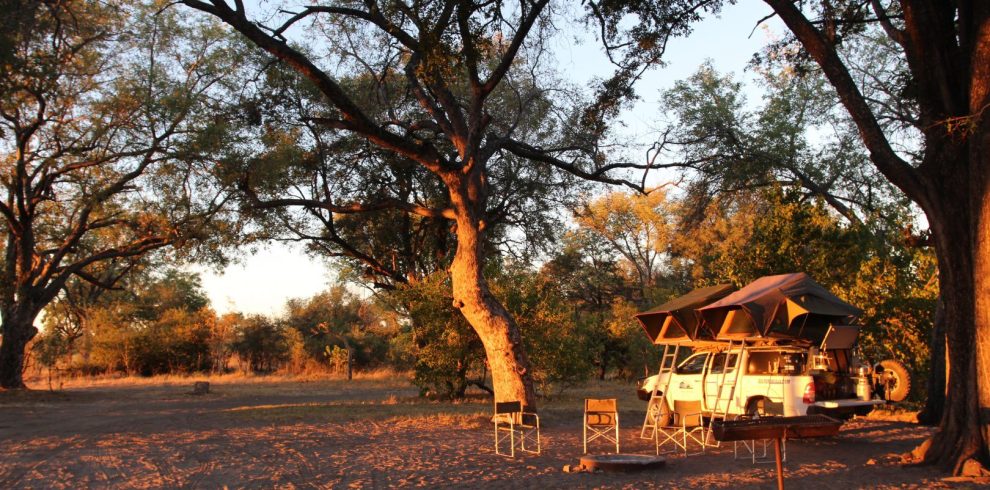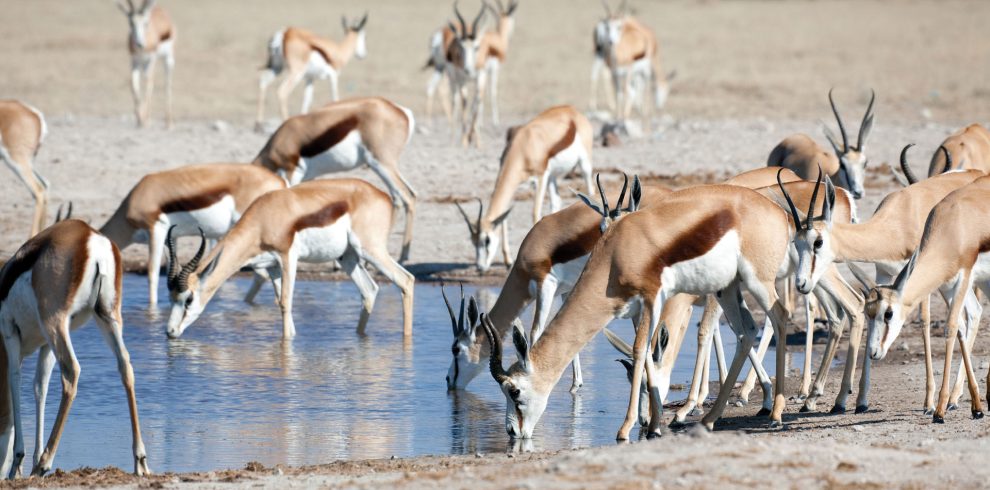6 Nights Central Exploration
Your guide will pick you from Maun and transfer you for about 136km on the tar road before turning off and driving 32km to Nxai Pan, on a very sandy road to Nxai National park where you will be staying for 2 nights. Part of the great Makgadikgadi complex, Nxai Pan National Park covers an area of 2,100 km2, and comprises several larger pans which were once ancient salt lakes. These larger pans are now grassed, and are scattered with islands of acacia trees, and smaller pans that fill with water during the rainy season - thus providing rich resources for wildlife such as Zebras, elephants, Wildebeest not forgetting large predators such as lions, brown hyenas and cheetahs. We spend a night, in an exclusive BOGA (Botswana Guides Association) site, away from other people
The day begins with a wakeup call and then breakfast served and then head on for a game drive to experience the natural habitat, beautiful landscape as well as the wildlife. When we come back from the morning drive lunch will be served at the camping area. Later in the day we will sit at the Waterhole, the only one for miles around and very busy, if the rains haven't started. Sunsets at the Waterhole can be spectacular, with animals silhouetted against the setting sun. We return to our camp after sunset, and enjoy great food and drinks around a fire.
We will rise early and after our breakfast we will leave for the full day trip with our packed lunch, we will have our lunch at Baines Baobab before starting our slow drive back home. Baines Baobabs have their name for the artist and explorer Thomas Baines who first painted them in 1962 while travelling with the explorer James Chapman in this deserted Botswana area. One of the must- see destinations for those visiting the park. The seven Baobabs are also known by the name of “seven sisters” or “the sleeping sisters.
The Salt Lake near the Baines baobabs is dry for most of the year, while during the rainy season it is filled with a thin layer of water where baobabs mirror, creating a spectacular effect. The Baines baobab have fascinated many travelers over the years, including Prince Charles of England who visited them several times.
Begin the day with a breakfast served in camp and the head on to Central Kalahari Game Reserve which is a bit distance therefore, a packed lunch will be served on a chosen place on the way. Arrival at Central Kalahari Game Reserve for a mobile camping on our luxury tented accommodation. The world’s second largest wildlife reserve. The Central Kalahari Game Reserve covers a large section of central Botswana. Its harsh, sprawling terrain is dominated by grasslands, home to wildlife such as giraffes, cheetahs, hyenas and wild dogs. There are several fossilized river valleys, including Deception Valley and Passage Valley, which offer basic campsites. Dirt tracks wind south through the reserve's remote landscapes to the Piper’s Pan Area. The land is mostly flat and gently undulating covered with bush and grasses covering the sand dunes and areas of larger trees. Many of the river valleys are fossilized with salt pans. Four fossilized rivers meander through the reserve including Deception Valley which began to form around 16,000 years ago. The Bushmen or San, have inhabited the lands for thousands of years since they roamed the area as nomadic hunters. The rest of our stay here we will be doing morning and afternoon drives through all the pans found in the area.
After breakfast we will be starting to drive back to Maun where your guide will drop you to where you will be staying or dropping you at the airport if you are flying out.
Enjoy your Safari Holiday with Spoor Tracker Adventures


